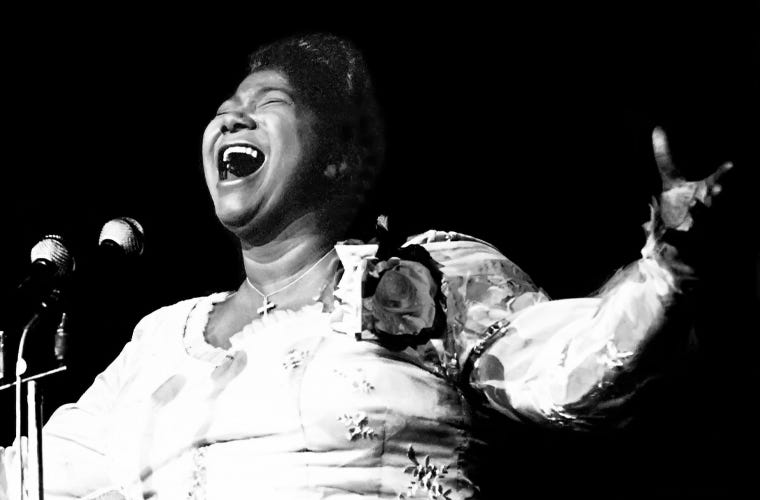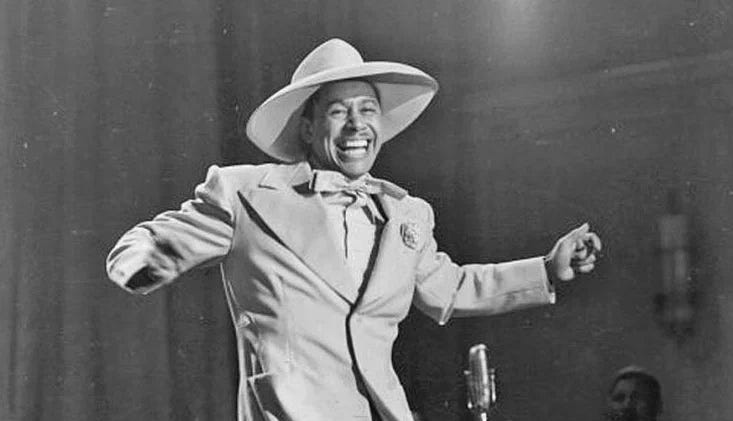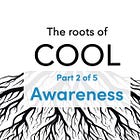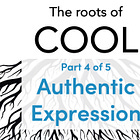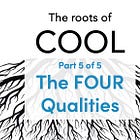The Natural Vibe
A summary of the vibe formerly known as coolness.
In the spring of 2025, I moved away from the labels I used to describe vibes. This page is now the home for what was formerly known as the “cool” vibe and establishes that the cool vibe is now referred to as the Natural Vibe.
The Vibes Project started with the question: Why are we the way we are? My focus isn’t on disorders or problems, but on the everyday, normal ways people are. “Vibes” in this context are our default settings that show up most in social situations. They guide our lives and make impressions on others, yet we lack productive ways to understand and discuss them. I want to change that.
Coolness Was Almost Right
The first vibe I covered was focused on coolness or “cool kids”. It describes someone who is intuitively connected to people and culture. They effortlessly adapt to situations and tend to present themselves with style and confidence. They can also seem detached and above it all.
I wanted to know: when someone is considered cool, what’s happening? What is it about them that gives off this vibe? Where did it originate? What does it mean in popular culture? I wrote a series called The Roots of Cool to help answer these questions.
Since then, I’ve concluded that the words “cool” and “coolness” are not the right way to describe the vibe. The words are loaded with preconceptions that make explanations difficult. Everyone has their own ideas about coolness, which makes it difficult to build upon. So, I’ve changed course.
The Natural Vibe (Formerly Coolness)
My research and observations about coolness still apply. Coolness is a dominant expression of someone with a Natural Vibe. They are naturally at home with themselves and exude a sense of calmness without effort.
Consider the icons of coolness today, like Miles Davis, James Dean, David Bowie, or Michelle Obama. Their presence, the way they are, is composed and authentic. For them, it comes naturally.
The Four Qualities:
For someone to be considered cool, specific qualities are often present. These qualities also apply to the Natural Vibe:
Cool Composure: Calm effortlessness and grace under pressure
Hip Awareness: Social grace and cultural awareness
Spirit of Rebellion: A willingness to challenge norms and the mainstream
Authentic Expression: Being true to oneself in all things
Think about someone you consider cool. Do they reflect these qualities?
A Short History of Coolness and The Natural Vibe
In my research, I learned about cultures in Western Africa that used words like itutu to describe someone with cool composure, or hipi to describe someone aware and engaged. The concept of sprezzatura in 16th-century Italian courts has a similar meaning and describes behavior that is expected for earning influence. The Natural Vibe may have been with humans for thousands of years.
African Coolness Arrives in America
The transatlantic slave trade included people from West African cultures, who brought this vibe to the Caribbean and eventually the American South. The oppression of slavery and segregation also instilled a sense of rebellion and deep, authentic emotions that often came out in music. Over time, these qualities contributed significantly to the development of early American music, including gospel, blues, ragtime, and jazz.
Jazz created a bridge between white and black cultures that was highly controversial in the Jim Crow era. For the first time, white people were inspired by black artistry and wanted to emulate the freewheeling attitudes and lives of black jazz musicians. During prohibition, white and back patrons could party together in underground speakeasies and dance halls.
The pre-war era marked the first time the concept of coolness became part of the collective consciousness, and much of it originated from African and African American culture. Jazz was pivotal because it attracted white Americans who had the Natural Vibe. They grew up seeking a way to rebel and express their authentic selves, but the culture was conservative and rigid. They were trapped. Jazz spoke to them in a way that no other music could, and it felt like an authentic expression of who they were. It also created a moral panic.
Moral Panic and Jazz on the Radio
When radios became popular in the 1930s, jazz was broadcast across the country, introducing young people to a style and attitude that felt fresh and distinct. Not everyone was into it, but for a subset of young people with the Natural Vibe, it was a siren song. They couldn’t get enough.
While coolness and the Natural Vibe have probably always been a part of human culture, jazz established it in America as an aspirational phenomenon. People of all races and cultures wanted to be cool, and musicians set the standard. What we know of coolness today can be traced back to this era.
The Truth About Coolness
Some people, then and now, discovered a truth about coolness: it can’t be performed. It’s something that some people naturally possess, and trying too hard to be cool has the opposite effect. In fact, it’s impossible to be cool and analyze coolness at the same time. I call this the Paradox of Coolness.
Indeed, the notion of coolness has been breaking the heart for generations.
The Roots of Cool Series:
Dive into my research into the idea of coolness and the Natural Vibe.
Looking Ahead
As I said previously, coolness is an expression of the Natural Vibe. It is one way that Naturals present themselves, but it is not the only way. By establishing the Natural Vibe, we are setting the stage for other vibes that describe different kinds of people and behaviors that everyone recognizes, but doesn’t discuss. It’s through this comparison that we’ll start to see the power of vibes in understanding one another and ourselves.




